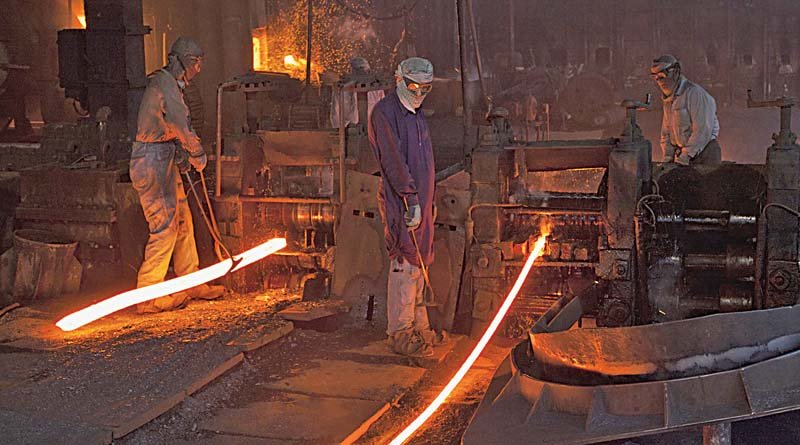
Reports have appeared recently in the press on initiatives for the revival of Tuwairqi Steel Mills Limited (TSML), which had been established in 2008 in the vicinity of Pakistan Steel Mills.
It could not be commissioned due to a gas pricing dispute. Finance Adviser Shaukat Tarin has reportedly asked the relevant agencies to look into the case.
Many new developments, both positive and negative, have taken place since 2008. Gas in Pakistan has become scarce, gas prices have increased and there is great uncertainty in international prices.
Thus, the prospects of any mutually acceptable and viable solution do not appear to be bright.
On the positive side, however, there are two major technological and resource developments, which may help develop a viable solution for TSML’s revival.
TSML claims an investment of $350 million, which remains stranded due to the gas price dispute. It has knocked the doors of international arbitration. It intends to put another $700 million for the revival. It also wants to use local iron ore.
TSML expected gas supply at a low rate of $1.23 per million British thermal units (mmbtu) – a price that is offered to priority sectors like fertiliser producers. There is no evidence or contract to that effect.
Many people even object to the fertiliser industry being given such a low tariff rate, not to talk of the steel sector.
As annual gas demand of TSML is 12 billion cubic feet (32.877 million cubic feet per day), it would mean a subsidy of $16.2 million per annum and $162 million for 10 years.
If the opportunity cost of LNG is assumed at $10 per mmbtu, it would mean a subsidy of $48 million per year, the critics may argue.
The two developments are global hydrogen initiative and Thar coal development in Pakistan.
In 2008, Thar coal was buried under the desert. Only recently, Thar coal has come above the surface. There are two major coal mining and power initiatives – one launched by SECMC and the other by SSRM.
A 10,000-megawatt coal power plant may be built shortly, although green initiatives have thrown some uncertainty in this direction.
Initial studies have been done, exploring the possibilities of Thar coal gasification producing both syngas and liquid fuels such as diesel. Thar coal-based syngas can be an ideal, even better, solution for the Midrex-DRI process that TSML has installed.
Cost aspect is uncertain but it is projected that it may be cheaper than LNG.
The other development is global hydrogen initiative. Hydrogen can be utilised in reducing iron ore.
Iron ore is usually in oxide form. In the conventional blast furnace process as installed at Pakistan Steel, carbon/ coke is utilised for reducing iron ore and adding carbon for carburisation.
In the alternative processes, hydrogen is used in various combinations to reduce iron ore and carbon is added in various forms for carburisation.
Fortunately, TSML’s vertical shaft Midrex process is amenable to conversion to hydrogen.
Types of hydrogen
There are four types of hydrogen according to the source material used – petroleum, gas, coal and water. Out of the four, Pakistan has Thar coal and water along with solar power.
Pakistan does not have gas or oil in those quantities and at lower prices acceptable for the steel-making process. Thus, green hydrogen emerges as a possibility.
Green hydrogen is produced by the electrolysis of water – fresh or even seawater. Electrolysis requires electricity, which can be produced through solar energy.
We have no dearth of sunshine as we have more than twice of what is there in steel-making countries of Europe.
Electrolysis technology, however, is expensive but is slated to become cheaper on the model of solar PV. By 2030, it may be as cheap as $1 per kg or $8 per mmbtu.
If some concessional or grant funding is available, a green hydrogen plant can be installed near TSML by the mill itself or by a third party.
Alternatively, one can use Thar syngas to produce hydrogen, which may be competitive even now. Saudi Arabia has great interest in hydrogen and the developers of TSML are from Saudi Arabia.
Thus, Thar coal gasification appears to be a viable and realistic option that should be considered, provided Chinese assistance is obtained under CPEC.
China is also turning green at least on foreign projects. In that case, green hydrogen route may have to be explored.
TSML and Pak Steel technologies
For the non-specialist, let us provide some info on Pakistan Steel Mills and TSML.
Pakistan Steel is an integrated steel plant based on blast furnace, which starts with iron ore and coal as raw material and produces finished and semi-finished steel products like billets, structural steel, plates and sheets, etc.
Its production capacity is 2.2 million tons per annum (mtpa) while TSML has half of that capacity. TSML will produce semi-finished iron and steel products.
Direct Reduction of Iron (DRI) replaces scrap and its price is assumed to be equal to the scrap price.
TSML has adopted a gas-intensive production process called DRI where gas is used to reduce iron oxides and other ores to produce iron in the form of iron sponge as opposed to the pig iron that is produced in blast furnace where iron ore and coke are burnt together – the like of which has been installed in Pakistan Steel. The DRI vertical shaft process has been adopted by gas-rich countries like Iran, Qatar, Oman, Saudi Arabia and other Middle Eastern nations, some of which have both cheap and abundant gas and iron ore as well.
Most advanced nations having iron ore and coal as well as high steel demand like China, Russia, the United States, and European countries have adopted the blast furnace route.
It appears that for small markets like Pakistan, the scrap or DRI-based arc furnace route is good, which obviates the need for large blast furnace projects like that of Pakistan Steel, as we are facing problems these days.
There are proposals of co-production or integration of the two projects – TSML and Pakistan Steel, although both suffer from the unique issues of operating and reviving their main pieces of equipment. There is potential for synergy and cooperation between the two projects.
It is hoped TSML will be able to make downstream investments. Its economics and profitability will improve due to the integration and hopefully no further gas price concessions would be required. There is enough land around to expand.
It should, however, be understood that no competitive and profitable industry could be sustained on the crutches of subsidies. Projects should be designed keeping in view the resource endowment and comparative advantage.
The government has no money. Money has to come out of corporations and the people earning money.
The writer is former member energy of the Planning Commission and author of several books on the energy sector
Published in The Express Tribune, December 27th, 2021.
Like Business on Facebook, follow @TribuneBiz on Twitter to stay informed and join in the conversation.
COMMENTS (1)
Comments are moderated and generally will be posted if they are on-topic and not abusive.
For more information, please see our Comments FAQ



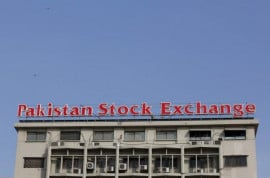
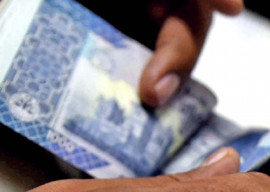
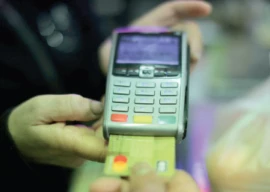
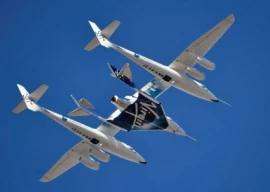
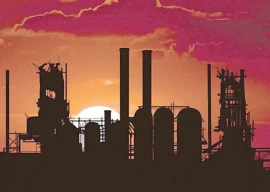
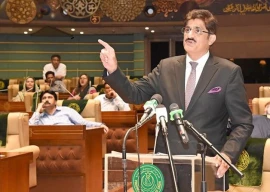



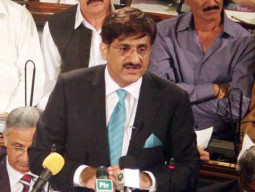






We should not make such contracts in future